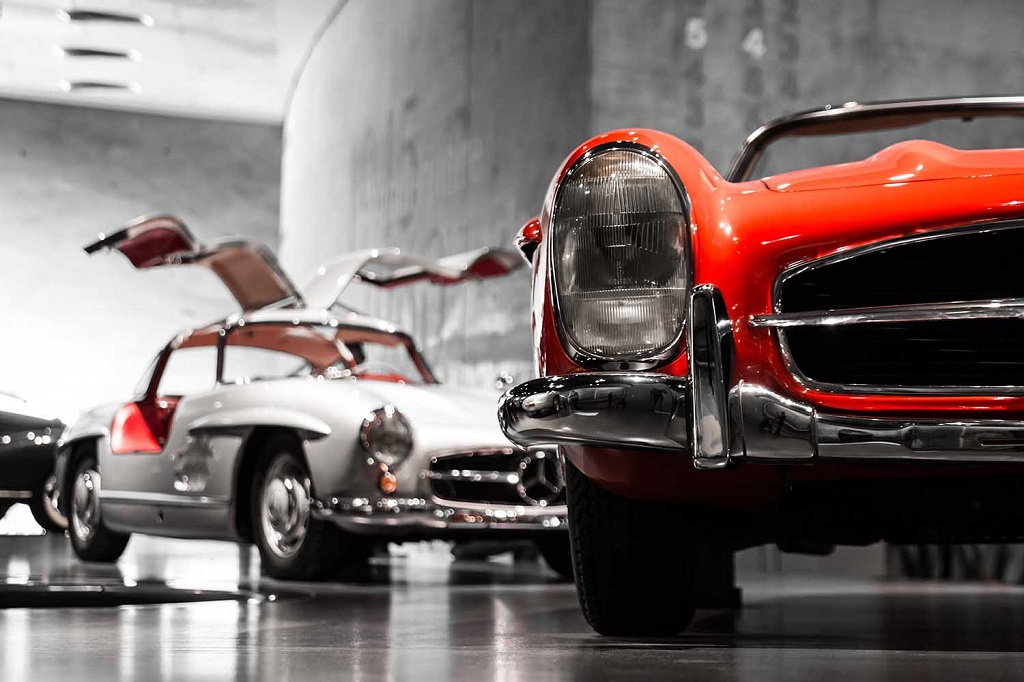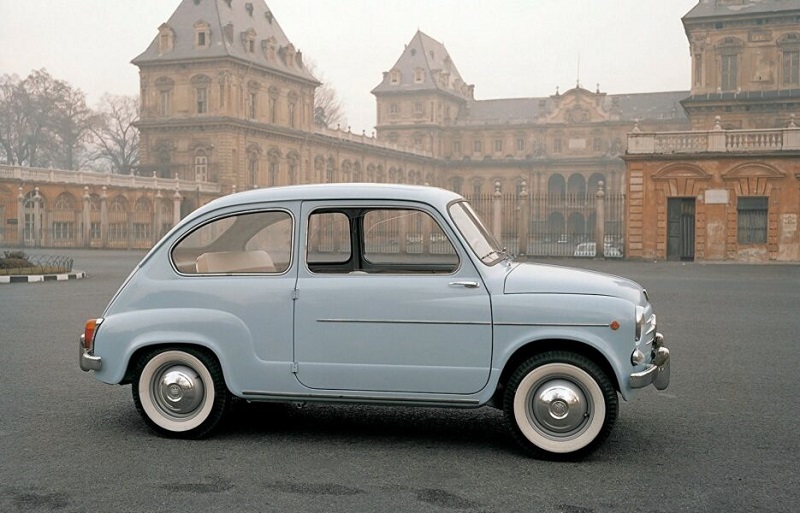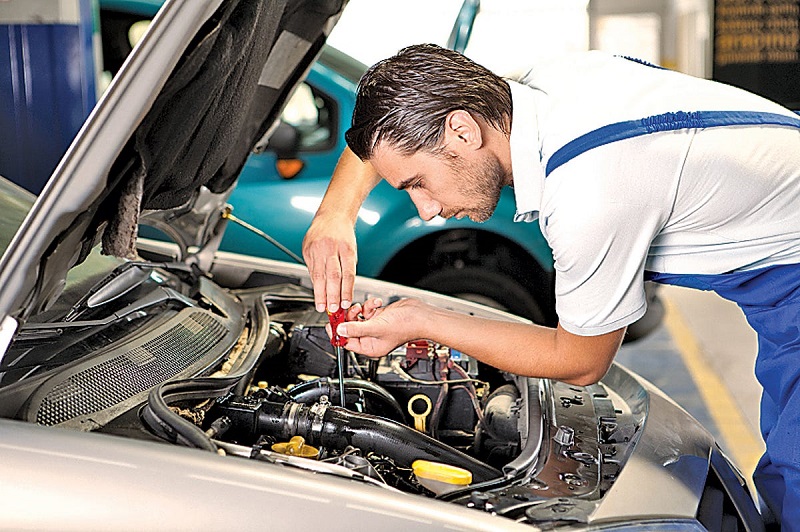The 1950s were a pivotal time for car culture. It was an era of booming post-war optimism, burgeoning youth culture, and a fascination with all things futuristic. This spirit heavily influenced automotive design, leading to a decade known for some of the most iconic and stylish cars ever produced.
Chrome Dreams and Fins that Flew:
The most striking visual characteristic of 1950s cars was their flamboyant design. Long, sweeping lines, excessive chrome accents, and tailfins that resembled rocketships dominated the aesthetic. These design choices reflected the era’s obsession with jet-age technology and the space race. Think gleaming chrome grills, wraparound windshields, and two-tone paint jobs – a far cry from the streamlined simplicity of pre-war models.
Power Under the Hood:
Underneath the flashy exteriors, American car manufacturers were engaged in a horsepower war. Bigger engines became a badge of honor, with V8 configurations becoming increasingly common. This translated to faster acceleration and a sense of exhilarating power on the open road. However, fuel efficiency wasn’t a primary concern – a stark contrast to today’s priorities.
A Car for Every Lifestyle:
The 1950s weren’t just about powerful coupes and flashy convertibles. The growing American family also demanded practical vehicles. Station wagons saw a surge in popularity, offering ample space for suburban living. Additionally, smaller, more economical cars like the Volkswagen Beetle began to gain traction, catering to a budget-conscious segment.
A Cultural Canvas on Wheels:
Cars in the 1950s weren’t just a mode of transportation; they were a symbol of freedom, rebellion, and individuality. For teenagers, cruising in a car – often souped-up with custom paint jobs and loud sound systems – became a popular pastime. Drive-in movie theaters flourished, offering a uniquely American social experience. Cars were prominently featured in movies and music, further solidifying their place in pop culture.
Beyond the American Dream Machine:
While American car culture dominated the 1950s, European manufacturers were also making strides. Germany’s Mercedes-Benz produced luxurious and technologically advanced sedans, while Italy’s Alfa Romeo and Ferrari became synonymous with sleek design and high performance. British sports cars like the MG and Triumph offered a nimble and exciting driving experience.
A Legacy of Innovation (and Some Quirks):
The 1950s witnessed significant advancements in automotive technology. Automatic transmissions became increasingly popular, offering a smoother driving experience. Power steering and power brakes, once considered luxuries, began to trickle down to mainstream models. However, safety features like seat belts and airbags were largely absent, making these cars inherently more dangerous compared to modern vehicles.
A Nostalgic Reminder of a Bygone Era:
Today, cars of the 1950s are highly sought after by collectors and enthusiasts. Their distinctive design, powerful engines, and cultural significance make them rolling pieces of history. Cruise-in events and classic car shows continue to celebrate these automotive icons, offering a glimpse into a bygone era where chrome ruled the road.
Related: What Was the Cultural Impact of the Automobile?
Looking Back to Move Forward:
The 1950s offer valuable lessons for the car industry today. The era’s focus on design and innovation continues to inspire modern carmakers. However, the environmental impact of gas-guzzling engines and the lack of safety features serve as a reminder of the progress made in recent decades. As the automotive industry continues to evolve, the cars of the 1950s serve as a fascinating time capsule, showcasing a period when style, power, and freedom reigned supreme on the open road.






